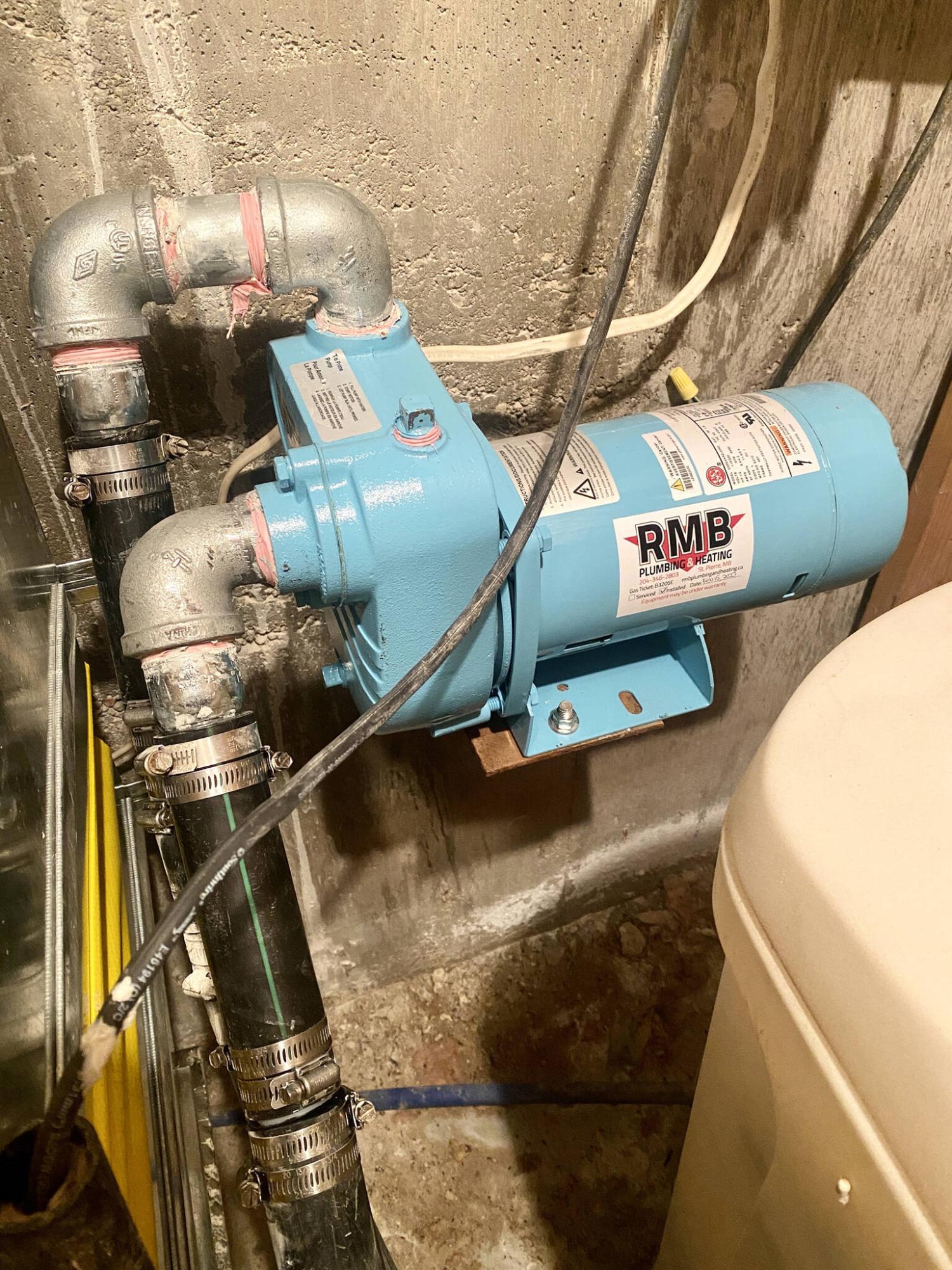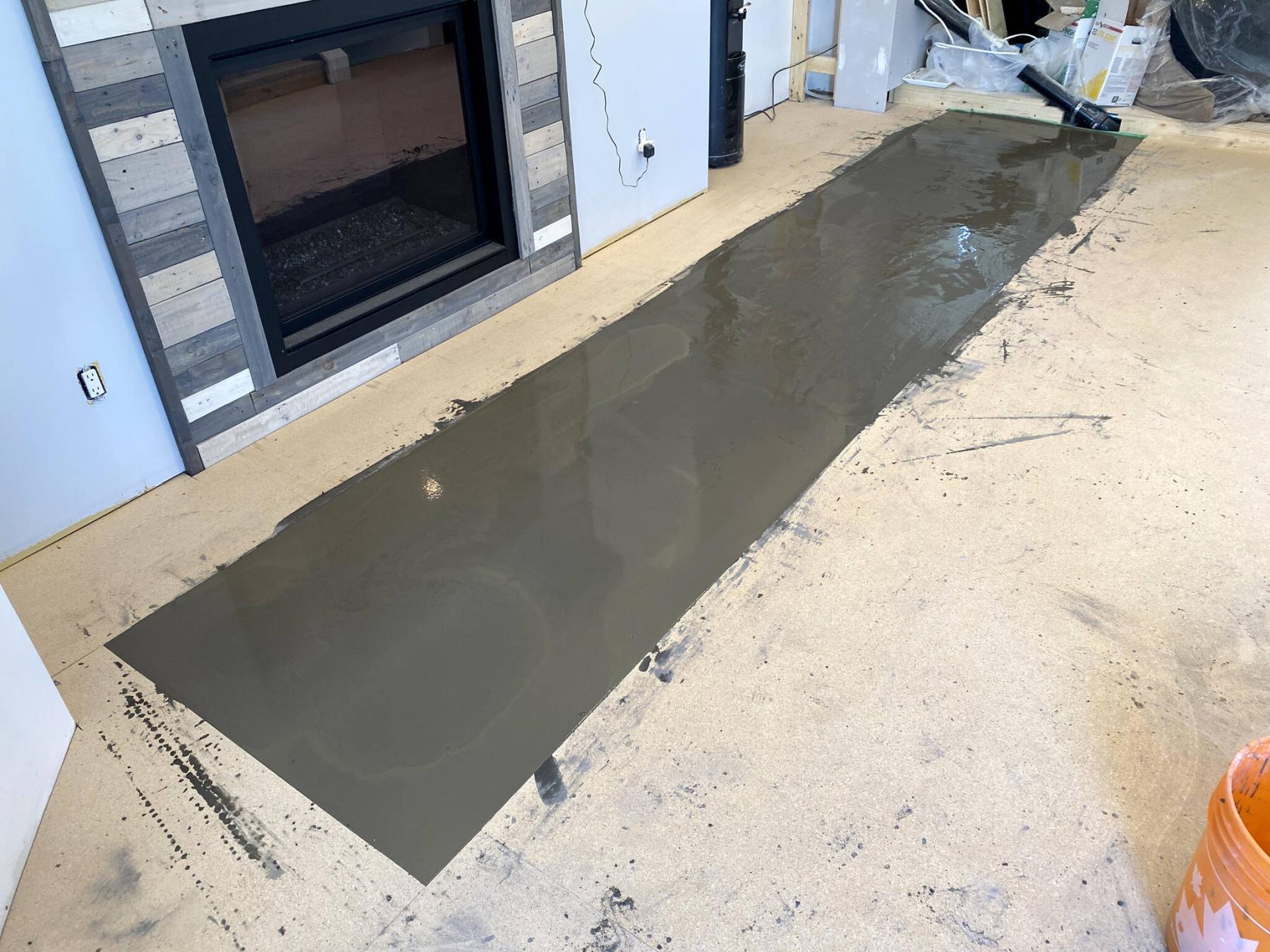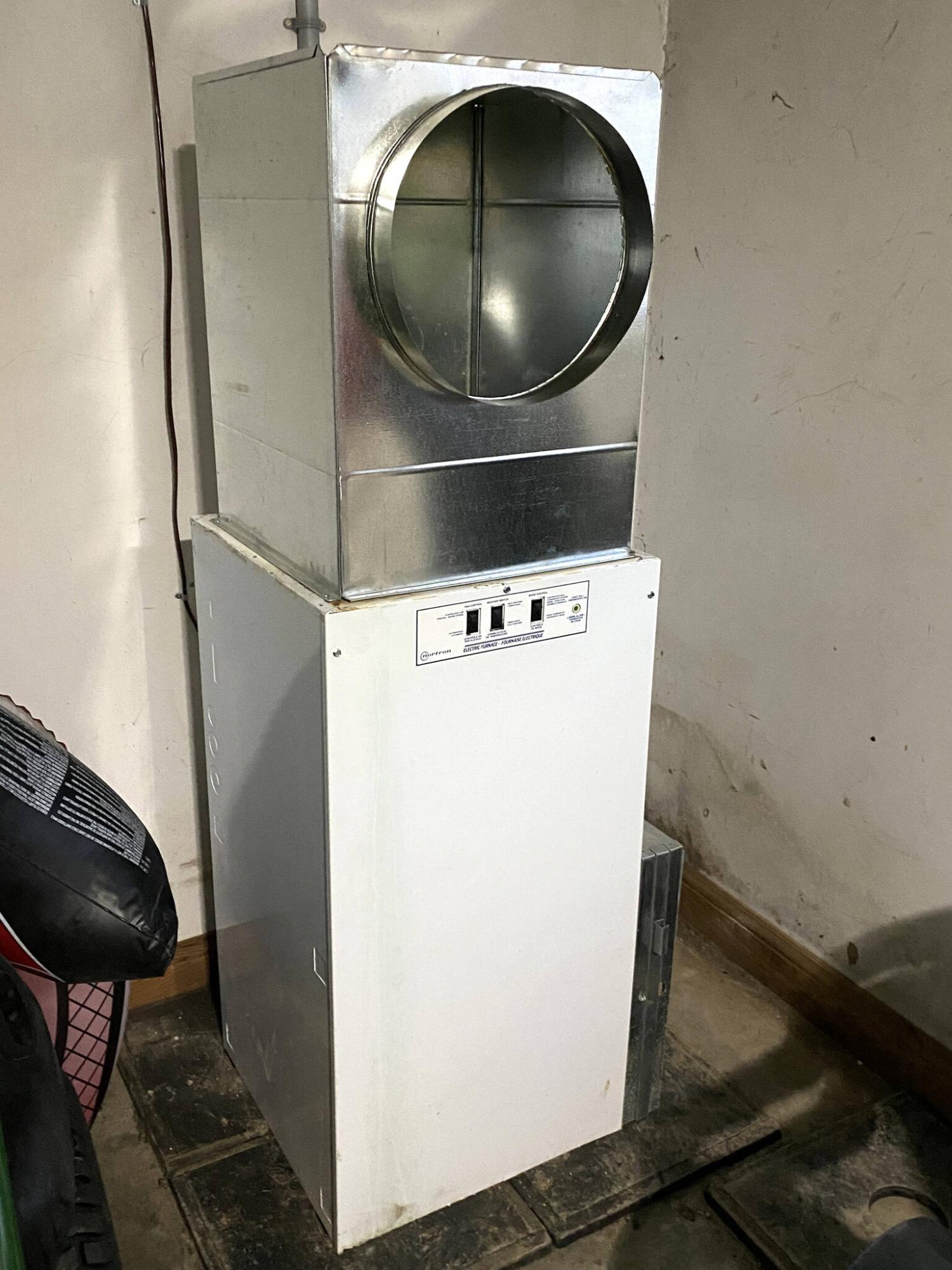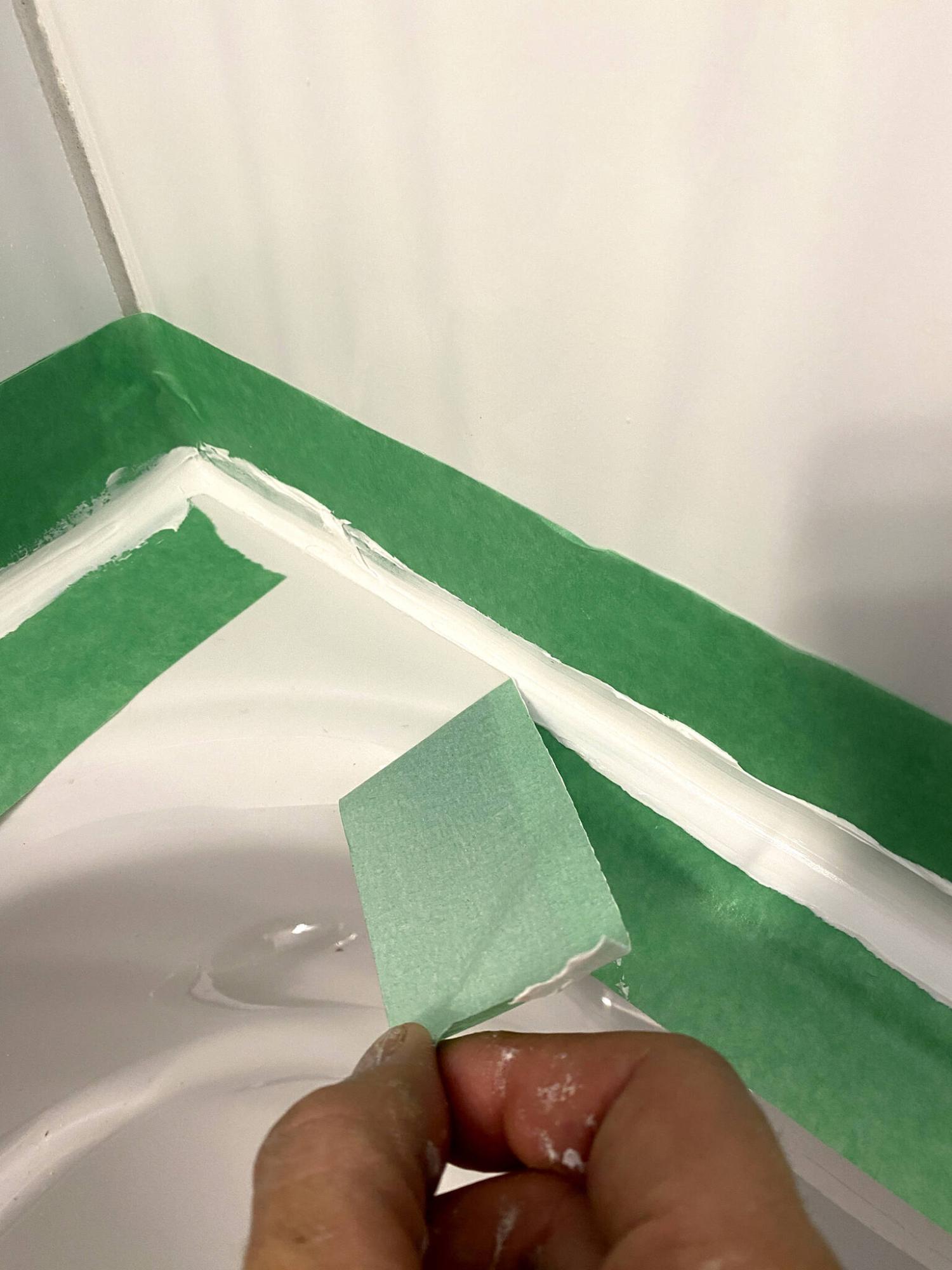Renovation & Design
Renovation & Design
Improved air quality will tame fetid odours
Question: I am hoping you can help me with a quick question. My son and his friends are around 20 years old and like to hang out at our home, in our basement. The basement is finished, but nothing fancy. I find the basement has an odour, I guess a smell of boys that age, when everyone leaves. Can I use my HRV for the basement in order to remove these odours? Or, do you have any other solutions?
Thanks, Brian.
Answer: Odour control is not one of the primary functions of a heat recovery ventilator (HRV), but it could be an extra benefit, if installed and used accordingly. It would require additional ducting and control installation in your basement, but should be worth the cost and effort, even if it only improves airflow and moisture control in that area.
Odour elimination, especially in a basement, is often not a simple matter. Because that level of our home is typically cooler than the upper floor, condensation on cooler surfaces is much more likely. Also, because the cooler air will settle in the lowest areas in your home, it will take extra effort for the heating, and cooling (HVAC) systems to collect and recirculate that air throughout the home. That can lead to damp, musty odours, and in worse situations to mould growth. Regardless of the effectiveness of my following suggestions for your specific youthful smells, improving air circulation in the finished basement will definitely be beneficial.
I can certainly sympathize with you about the unique odours that often emanate from teenage and young adult males. As a former boy’s hockey coach, I regularly had to leave the dressing room when all the teenage players would arrive and take out their equipment, prior to a game or practice. The offensive smells were not because they forgot to hang out their gear after the last skate, and were barely noticeable when the same kids were younger. When they became teenagers, it was completely different.
I am not sure if the stinky athletes were simply a product of hormone production as they reached puberty, or a combination of that and other factors. Use of colognes and scented soap and shampoo products may have been a contributor, or a change in personal hygiene. In your case, the boys are above the legal age for drinking, so some of the offensive smell may be caused by beer, or legal cannabis, consumption. If they are leaving unwashed food and drink containers in the area, it will only add to the pungency. So, the first suggestion for mitigating the problem is to make sure they clean up after themselves, especially rinsing out used beer cans or bottles, before they are taken back for deposit returns and recycled.
All the blame should not be directly attributed to the young guys, who are simply enjoying a very fun part of life. Part of the issue may be poor air circulation in your finished basement. Too often, homeowners, and some contractors, forget to install sufficient heating ducts and registers in the basement upon building a rec-room. The most common mistake is to forget the return air registers, completely, when building the walls. It is easy enough to cut a few warm air ducts and install ceiling-mounted registers nearby, but return air installation is more complex. Since the return air ducts for the rest of the house are normally located in between the main floor joists, that puts them at ceiling height for the basement. Since the heated air entering the basement from the furnace ducts will settle to the basement floor as it cools, locating any return air registers will require some pre-emptive planning and installation. Return air ducts will have to be installed inside the basement partition walls to allow installation of registers near the floor. If the registers are not located in that area, they may collect the heated air from the ceiling registers before it properly circulates and cools, preventing proper heat distribution. Because cold air moves more slowly than warm air, larger or additional numbers of return air registers may be required. So, ensuring that you have an adequate return air system in the basement will be priority number one and will be critical for proper HRV setup.
Adding registers and ducts for the basement for use by your HRV is a good idea, which will help with overall air movement and moisture management. Unlike the HVAC system, the HRV will only require one set of those in each room, for intake of air to the ventilation unit. Since the HRV already has ducting connected to the return air plenum near the furnace, the presence of return air registers in each room, as recommended above, will suffice. If those are not installed, the HRV will not effectively collect the damp, cool basement air before the furnace replaces it with dryer heated air. That additional air movement should lower the humidity in the basement, preventing condensation and directing some of the odours outside through the HRV exhaust. You will also need to install a timed control switch, just like in the bathrooms and other areas where the HRV registers currently exist, to turn on the unit when the odourous boys are present, or after they have departed.
Adding proper controls, ducts, and registers for your HRV in your finished basement should help prevented unwanted odours, but also improve the overall comfort level of the HVAC system, as well. By improving the air quality through circulation and drying out the air in the basement, a properly set-up HRV intake is worth installing.
Ari Marantz is the owner of Trained Eye Home Inspection Ltd. and a Registered Home Inspector (RHI)(cahpi.ca). Questions can be emailed to the address below. Ari can be reached at 204-291-5358 or check out his website at trainedeye.ca.
trainedeye@iname.com
Renovation & Design
Electric water heater likely better choice than gas
Question: I changed over from a gas water heater to electric some years ago. It was done at the time that I replaced my gas furnace with a high efficiency unit. The advantages at that time were as outlined in your previous article. Since then, is there not an option to eliminate the chimney and vent the gas water heater in the same manner as the gas furnace is vented?
Robert H.
Answer: Replacing an older natural gas water heater with an electric unit makes the most sense, when upgrading to a high-efficiency furnace. It is the quickest and most cost-effective, in the short term, as well as most environmentally friendly. For those reasons, direct vent high-e water heaters are rarely seen in our area.
I frequently recommend an upgrade to a water heater powered by electricity, to my clients, when upgrading an older furnace. This is also discussed when the client is a potential buyer of a home which has a furnace over 15 years old. The typical life expectancy of the furnace, at 20 – 25 years, is often double that of its water heater counterpart.
If the furnace is really old it may be naturally aspirated with a vent hood connected directly to a metal flue. Very often, the older gas-fired water heater shares this flue by way of a separate, but connected, pipe above the water heater vent hood. That connection is one of the main reasons to switch to electricity for the power supply for a replacement tank. Because all new natural gas furnaces are direct-vent, high-e models, they will no longer need to use the old chimney for venting out the combustion products.
Switching to electricity for water heating, along with running a high-e furnace, will allow discontinued use of the old chimney. This will have the minor benefit of preventing natural heat loss through the old flue when the appliances are not in use, which may increase your heating costs. When the old flue is no longer required, it can be capped and air sealed at the top and bottom and remain unused.
To directly address your question, there are another couple of alternatives to a standard electric water heater, which will allow the same discontinuance of the older vent. You could replace your older naturally aspirated gas water heater with a high-e model, or a gas-fired on demand water heater. Those units do vent out directly through a PVC pipe, like the newer furnace, but have several issues which make them less desirable. Firstly, the additional vent pipe will have to be directed outside your basement. That will require drilling an additional hole or holes in your foundation or exterior wall. It will also require more ceiling space in the basement and area outside, where it exhausts. That will add some cost to installation, but may be similar to the cost for the circuit breaker and wiring installation for an electric model.
The main reason for ruling out the high-e or on demand water heaters is initial cost. Both those water heater units are considerably more expensive than either a standard gas-fired model or an electric tank. That additional cost may be recouped over time by the lower operating cost of natural gas vs electricity, but it will take several years for that to even out.
The final reason to install an electric water heater vs. natural gas is the environmental one. As we strive to reduce the carbon footprint of our homes in the future, to reduce harmful emissions that lead to climate change, eliminating any source of those pollutants is desirable.
Installing a direct-vent high efficiency water heater to replace an older one is possible, but not as practical as an electric unit. Electric water heaters are much less costly, easier to install, longer lasting, and emissions-free, which all adds up to a better overall choice for your home.
Ari Marantz is the owner of Trained Eye Home Inspection Ltd. and a Registered Home Inspector (RHI)(cahpi.ca). Questions can be emailed to the address below. Ari can be reached at 204-291-5358 or check out his website at trainedeye.ca.
trainedeye@iname.com
Renovation & Design
Adding rigid insulation to new home will enhance comfort, efficiency
Question: We are building a new home, with the exterior finish being stucco. We are toying with the idea of installing some type of solid insulation over the sheeting, to reduce heat loss through the wood studs. Is this possible, necessary with the new homes of today, and is it cost effective? Are there other options?
Thanks for your time and attention.
Hank H.
Answer: Insulating a new home on the outside of the exterior wall sheathing is becoming more common and is certainly possible with today’s technology. The key is to properly plan for the insulation in that location, to prevent issues with proper window, door, and foundation installations.
There is no reason that rigid insulation on the exterior of the walls cannot be incorporated into the construction of a new home. In fact, there are research studies that suggest this is the preferred location for air and moisture-resistant insulation. Installing it on the outside of the wall cavity will do exactly what you suggest, prevent heat loss from the home through the wall studs. Because there may be almost continuous contact between the interior drywall and the exterior siding in many homes, there can be an effect known as “thermal bridging” occurring. This is heat loss associated with direct transfer through building materials, like the wall studs or rafters. This can be observed, in older homes in particular, by using a thermal image camera, or by observing snowmelt patterns on roofs. In those situations, heat will be lost directly through the rigid building materials, even if they are well insulated between the studs. The studs, sheathing, and some types of siding will conduct heat much better than any type of insulation sandwiched between.
There are two main ways to prevent heat loss through thermal bridging. The first is to put a continuous layer of high-density insulation on the interior of the wall studs, prior to installation of the drywall. This insulation will prevent the heated air in the home from contacting the inside surface of the wall studs, which will effectively stop any thermal bridging from occurring, except through metal fasteners, which may be used to hold the insulation in place. It may be achieved with rigid extruded polystyrene sheets, high density polyurethane spray-on foam, or other forms of rigid foam sheathing. Unfortunately, insulating in that manner has a downside.
Insulation with foam sheathing on the interior of a wall will achieve the desired effect of preventing heat loss and warm air leakage into the wall cavity, but will leave that cavity quite cold. If the insulation within the cavity is not extremely well sealed, especially at penetrations like electrical boxes, some warm air will leak in. Because that cavity is substantially cooler than the air from the heated living space, condensation is likely to occur. That can lead to mould growth, rot in the wall studs, and general moisture damage. All of those things are items we hope to prevent when insulating a modern home.
If we change our thinking and install a good layer of thermal protection on the outside of the wall cavity, we significantly minimize the chances of moisture related issues. With the insulation on the outside of the wall we will prevent heat loss to the exterior of the home, but will not substantially cool the wall cavity. Even if there is additional batt insulation between the studs, we will still have some thermal bridging occurring, but it will stop at the interior surface of the outside rigid insulation. That may actually become a benefit rather a detraction, as it may help warm the wall cavity. Having a warmer wall, except at the exterior insulation, will prevent condensation of any warm air that leaks in from the home. That will minimize the chances of any moisture issues from air leakage and negate the need to air seal inside the studs to the same degree as traditional insulation methods.
The main issue with installation of rigid foam insulation on the outside is the added thickness of the insulation, itself. To achieve minimal air movement through that insulation layer it will normally have to be a minimum of seven to 10 centimeters thick. That will make the exterior walls substantially thicker, which will have to be taken into account in the design. The main issue will be with the placement of the windows and doors, with requirements for wider sills, jamb extensions, and flashings. Most manufacturers will have these standard products made for a typical two by six wall assembly, but not for thicker ones. So, you will have to take this into consideration when locating the windows and drawing up the plans. Brick moulding may have to be extended to reach past the exterior insulation and siding, and/or extensions of the jambs on the interior, to allow proper installation of window casings. Finally, the location of the walls on top of the foundation walls, or floor structure, may have to be altered to accommodate the extra thickness of the entire exterior wall assembly.
Adding a layer of exterior rigid insulation may be a superior way to insulate a modern new home, which can help prevent condensation inside the wall cavities. This will have to be taken into consideration when creating the building plans, by the designer and the builder, to have all the other components adapted for the extra thick walls.
Ari Marantz is the owner of Trained Eye Home Inspection Ltd. and a Registered Home Inspector (RHI)(cahpi.ca). Questions can be emailed to the address below. Ari can be reached at 204-291-5358 or check out his website at trainedeye.ca.
trainedeye@iname.com
Renovation & Design
Practicing what they teach
When landscape design professionals meet with their potential clients, they pay close attention to what their clients need and want.
Demand by customers for pollinator-friendly plants that support nature and biodiversity has gone from niche to mainstream. Biodiversity-saving solutions and initiatives, though, go beyond plants that provide wildlife habitat.
A growing number of landscape professionals are adopting ecological practices that are changing the face of landscape design.
“The traditional landscape is going out the window,” says Sean James who will be one of the speakers at Grow23, hosted by Manitoba Nursery Landscape Association, February 8, at Canad Inns Destination Centre Polo Park.
The owner of Sean James Consulting & Design which is based in Milton, Ontario, James is a graduate of Niagara Parks School of Horticulture. His focus is on eco-gardening techniques, and he has built an international reputation for his award-winning designs.
A horticultural instructor at Mohawk College for several years, James recently created an eco-friendly landscape design course, Landscape Design Foundations I.
“The course offers all the basics a landscape designer needs to know,” says James.
“What sets this continuing education course apart from others is its focus on the newest eco-friendly concepts from soil stewardship and water stewardship to biodiversity enhancement, plus ideas such as nutrient recycling and biodiversity support.”
The course is asynchronous which means that registrants are allowed to learn on their own schedule, within a certain timeframe.
Eco-design has always been at the core of projects designed by James but the catalyst for creating the new course, he says, came from his students who are choosing a career in horticulture and landscape trades because they want to change the world in a positive way.
“Both my students and clients are realizing there are many great things they can do to make a difference in the world,” says James. “The landscape industry also recognizes the importance of eco-friendly landscape practices. The passion is remarkable. The last time that I attended MBLNA’s Grow conference in 2020, there was standing room only for presentations on eco-friendly techniques.”
“Any garden can and should be beautiful,” says James, “but it doesn’t have to just be pretty, it can also be functional.”
James designs several landscapes which are installed by a colleague, Mark Van Ginkel, Fern Ridge Eco Landscapes. James believes in doing a little bit of everything.
One technique that makes a big difference for biodiversity, he says, is to create layers in the landscape. Layering trees, understory trees, shrubs, perennials, and groundcovers provides seasonal structure along with a variety of different foods and habitat for a diversity of wildlife especially if you choose plants that produce flowers or berries.
An oak tree, for example, is a biodiversity engine, says James. Oaks support many different insect species including caterpillars which provide food for birds.
Underplanting with a crab-apple tree produces flowers which support bees.
“Flowering shrubs such as Diervilla bush honeysuckle and a mix of perennials that have a long bloom period will do a lot to support a broad range of species,” says James.
It’s important to also include host plants for obligate feeders such as the caterpillars of Monarch butterflies that use only one plant – Asclepias milkweed – for food.
Asclepias is James’ favourite native perennial. Last year he planted Asclepias exaltata (Poke milkweed), a shade-tolerant variety hardy to Zone 3 that has weeping white to pink flowers.
Other native plant favourites include Solidago flexicaulis Zigzag Goldenrod, and Eryngium yuccifolium Rattlesnake Master which is a hardy Zone 3 perennial with stiff-branched stems and distinctive, egg-shaped flowerheads.
The more native plants we choose, the better for diversity. But James, who is also a Master Gardener, does not subscribe to a native plant palette exclusively.
“I like plants too much to just plant native plants,” he says.
“Native species are typically more drought tolerant because they are more adapted to the local conditions. But keep in mind that drought tolerant plants need more water and consistent care during their first year in the landscape than a non-native plant.”
In fall, James does not cut back any garden plants and instead leaves them standing for the winter to increase biodiversity by providing habitat for overwintering creatures. In addition to providing shelter, plant stems act like a miniature snow fence by trapping snow that insulates the crowns of plants.
But how we steward water and most importantly, how we steward soil, says James, are also huge ways that we can make a positive difference.
“Organic matter in the soil breaks down so we need to add organic matter regularly.”
James is a fan of composted mulch which is a blend of compost and shredded bark. It feeds the soil and inhibits weeds.
He is also a proponent of the “let it lay” principle which involves on-site nutrient recycling.
“Anything that falls on my property stays there,” he says.
“I rake leaves, mulch them, and spread them back onto turf areas or into garden beds. That is an easy, great way to make a big difference for carbon sequestration and at the same time, make our gardens better. It helps to hold moisture in the soil as well as feed the soil microbiome which includes beneficial fungi.”
The result is that beneficial nutrients are released for healthier plants.
Converting lawn to meadow, says James, is another great way to sequester carbon and reduce the carbon footprint while lowering maintenance and increasing wildlife habitat.
Replacing Kentucky Bluegrass with native grasses and pollinator-friendly perennials that need much less water is more eco-friendly.
Don’t fight your soil type, though, says James. “Matching plants to your soil type means less work in the long run.”
For a client with a landscape of heavy clay soil, James substituted turf with a sweep of Echinacea purpurea coneflower.
In addition to the techniques mentioned, all of which enhance stewardship of soil and water, James also recommends harvesting rainwater.
The use of rain barrels as well as design solutions such as rain gardens help to minimize the amount of stormwater runoff in a landscape.
Permeable paving surfaces such as flagstone pavers separated by a narrow strip filled with small stones allow excess water to slowly soak into the ground, he says. Many of his designs include permeable pathways that use 3/8-inch chip black granite. The material is clear and washed to make it more permeable.
When James designs ponds, he runs all the downspouts into the pond to create what is known as an evaporation pond.
“This technique harvests the water then evaporates it away which is part of the hydrological cycle.”
James says that a small garden space can make as much of a positive difference per square foot as a larger garden space. (Think container gardening.)
“Gardening is a wonderful thing because if you are not learning then you are doing it wrong. Every day there are new things to learn no matter where you are and no matter how much experience you have.”
On February 4, James will be presenting on fusion gardening and how to create a layered native garden for biodiversity. To learn more, visit mbnla.com.
colleenizacharias@gmail.com







